People often ask me about tools for UX writing and content strategy. There’s a seductive notion that someone must have solved for the unending grind of ambiguity that is being a writer on a software design team with some sort of app. Haha, yes, of course, this is hard because we have the wrong tools. Quick, to the UX writing tool store!
Look, I wish it worked that way. I’ve spent entire “writing” sessions browsing JetPens instead of doing the work in front of me. But the reality is that the more I know, the less I carry, and as such, my UX writing toolkit is simple: pens and legal pads, TextEdit, real or digital whiteboards, spreadsheets, and shallow dips into whichever design pool my product team swims in (currently Figma). Oh, and lots and lots of talking to people and thinking about things.
So! While my answer isn’t what people are really asking when they ask me about UX writing tools, I still want to tell you about my favorite. It’s invisible, unsexy, and completely-indispensable. It’s a little bit of software I rely on 100s of times a day in my writing and design work, and it’s known as a clipboard manager.
At their most basic, clipboard managers are apps you install that expand the number of slots your clipboard has. Instead of just one “spot” to hold the most recently copied item, it has lots of slots to hold lots of recently copied items.
Consider an example from my UX events newsletter: When I find a new event to include, I’ll go through the webpage for that event, highlight the title and copy it, copy the speaker name, copy the price, copy the URL in the address bar, etc. I snatch all of the relevant details into multiple slots on my big, managed clipboard. Then, when I switch over to add that event in the newsletter editor, I don’t have to switch between tabs five times. Everything I need is already on my clipboard. It’s way faster, which is nice already, but it also feels much faster, feels easier, with less mental friction. That’s even better. It creates the kind of momentum can be the difference between getting it done in that session and not.
Perhaps more importantly, clipboard managers let me dive into editing and revising text without fear of losing something important. With your old-fashioned clipboard, when you cut a piece of text, and then, a few moments later, cut or copy another piece of text, that first piece of text is as gone as if you’d deleted it. Poof! In that sense, your default clipboard works more like a Yak Bak than an actual analog clipboard. That’s no way to live! That’s carrying your laundry home one sock at a time.
Bonus! Some clipboard managers, like my current choice, Pastebot, let you save snippets of stuff that you need often to a list. It’s like a permanent clipboard of all your most-used stuff, always just a few key commands away from pasting. I use snippets for things like email signatures I switch between, the link to my Buy Me a Coffee page, my personal newsletter sign-up URL, a default response for LinkedIn connection requests, and the publisher’s page for my book.
If this was some sort of tech blog, I’d close this article by listing every single clipboard manager for every platform, with affiliate links, but it’s not a tech blog and I’m quite happy with Pastebot. I used ClipMenu before that. I’m sure there are lots of great ones! So yeah. Clipboard management. Try it. Use it. Love it. You’ll wonder what life was like before. (Bad. It was bad.)

